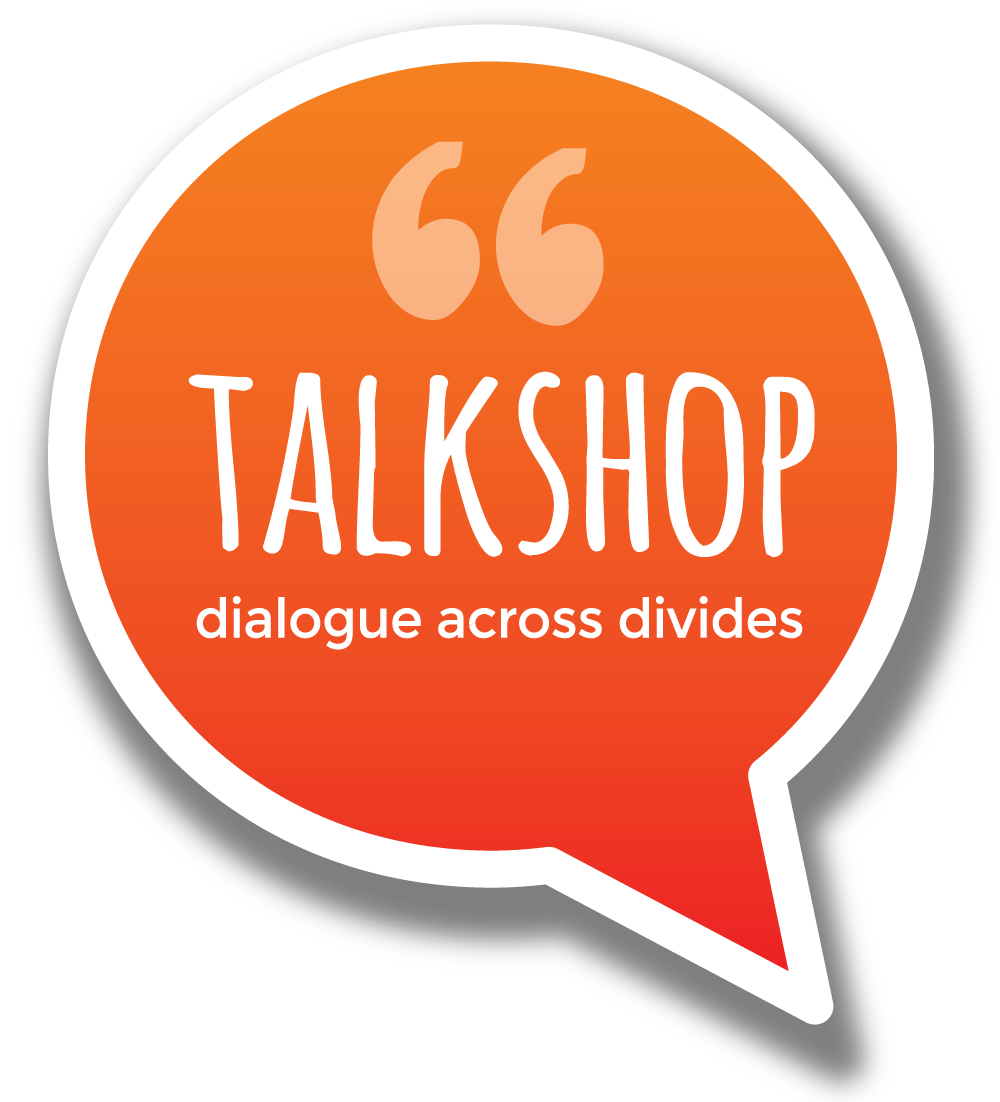The Big One took place from Friday April 21st to Monday April 24th, mainly outside the Houses of Parliament. It was led by Extinction Rebellion (XR) but supported by over 200 other organisations, including Greenpeace, Friends of the Earth and PCS Union. Between 60,000 and 100,000 people took part over the 3 days.
People’s assemblies are central to XR. (They differ from Citizens’ Assemblies, also central to XR, in being open to all, as opposed to being a cross-section of the relevant population chosen by random selection.) The original idea was to have a massive people’s assembly. But with no sound system that was impossible. What to do?
An alternative was provided by a format developed by Talk Shop based on A6 cards that small groups of half a dozen could use. Paul Thistlethwaite had tested this approach at the first XR Rebellion in April 2019 and it worked well. It was decided to adopt this for the first three days of The Big One. In addition, each group would be asked to record its conclusions on Polis (see pol.is) and everyone else would be invited to rate those conclusions.
But – this decision was taken just a week before The Big One began. Blyth, Paul, Perry and Stuart sprang into action and formed a working group.
The kit for each day would consist of:
- An instruction card
- A card with an exercise on deep listening to begin the discussion
- Six cards, all different, one for each person, each with 150 words of content
- Space (on the back of the deep listening cards) for groups to record three key conclusions
Each day had a separate theme, so different material was needed for each day. The themes were:
- Day 1, Friday – How might we make stronger connections between our different groups to be more impactful together?
- Day 2, Saturday – How might we act together to elevate the rights of nature in everything we do?
- Day 3, Sunday – How might we act together to bring fairness and equality for all people and nature?
Input came from interviews within XR and from research by the members of the group.
Just in time, we managed to finish our bit: content, design, printing and delivery. It hadn’t been smooth – the printing firm we used was a nightmare – and it wasn’t smooth thereafter. Day 1 was the most successful, with 86 groups sitting down in Abingdon Street, outside parliament. Day 2 was cancelled because a march overran. Day 3 started late, because something else overran too, but 50 groups completed and another 50 started but were unable to finish – using the cards designed for Day 2.
Against that, those that took part mostly enjoyed it very much. One participant on Day 1 said it had been the highlight of The Big One thus far. They loved the process of brainstorming with a group of people they had never met, in a civilised and friendly manner. They were so impressed with the results that they had decided to start an Earth Day event locally. Stuart received many enthusiastic compliments from people who had completed a session. People asked for multiple packs to take home and try with their groups, a teacher said she would adopt the process at her school, and so on.
The request to each group to record its results on Polis worked well, but the invitation for all participants to log on and rate ideas from other groups didn’t get through. This could be easily corrected with clearer messaging.
For the Day 1 topic (stronger connections between different groups),many of the comments on Polis related to activities that would support genuine links between different and diverse local groups, plus requests for more National and Regional ‘Big One’ style events.
For the Day 2 topic (elevating the rights of nature), the highest number of comments related to changes in our legal system. Making nature protected by law was mentioned by 19 groups, many cited the ‘Ecocide’ law, holding corporations to account and giving rights to natural entities such as rivers. Second came education, particularly changes to the school curriculum to include access to and the teaching of nature.
Overall, the process seemed to work well. We would like to find a way to run this kind of assembly with many thousands. There doesn’t seem to be a major barrier to getting this many people to engage with an important topic and using the powerful Pol.is tool to genuinely gain the wisdom of a very large crowd.
